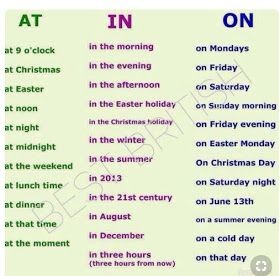The Greek mathematician Archimedes may have impacted the world forever more than 2,000 years prior as the principal individual to actually utilize a coordinated energy weapon. As indicated by a baffling legend, during the Roman intrusion of Syracuse, Archimedes quickly built a hexagonal mirror when the Roman naval commander Marcellus moved his boats out of the scope of bowshot.
Archimedes was evidently ready to catch the energy of the Sun and reflect it onto the boats, setting them on fire and making them sink inside minutes.[1] MIT understudies had the option to reproduce this impact in 2005 yet noticed that their mirror was just able to do successfully consuming a fixed objective.
Despite the fact that logical information has progressed an extraordinary arrangement since the times of Archimedes, the basic hypothetical standards of coordinated energy weapon (DEW) innovation continue as before. A DEW exacts harm from a distance by terminating a seriously thought light emission toward an objective.
Various sorts of DEWs shoot various kinds of energy, however the most promoted type of coordinated energy weapon being used today is the high energy laser (HEL). These DEWs are much the same as the lasers found in sci-fi motion pictures. They fire a soundless light emission, imperceptible at specific frequencies, that can burn an objective from many miles away.
HELs have been developed by contractors like Lockheed Martin for use in missile defense and space war, but some believe that these weapons might have been designed with much more sinister purposes in mind.During the Thomas Fire that ravaged California in December 2017, many witnesses and researchers noted property damage that seemingly defied every preconceived notion of how a wildfire should behave. Though wildfires use foliage to spread, entire blocks of houses burned to the ground while the surrounding trees remained untouched.Though no official explanation of this anomalous phenomenon is forthcoming, multiple witnesses across California recorded video of beams of light coming down from the sky as the blaze spread across the state. Given the fact that HELs are commonly mounted on the nose cones of planes, some have concluded that the mayhem wreaked by the Thomas Fire was boosted with directed energy weaponry.



































